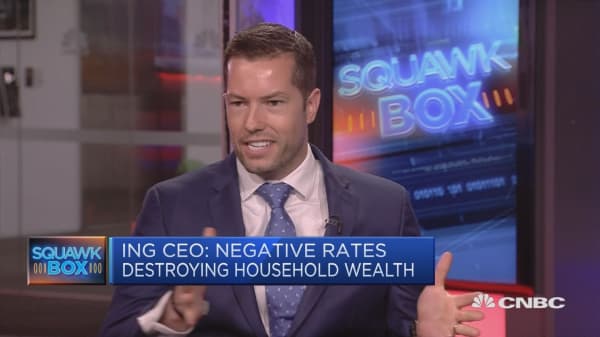Voters worried that Congress and the White House can't tame federal borrowing may be overlooking another big debt bomb closer to home.
States are falling further behind in the money they owe public employee pension funds, leaving taxpayers on the hook, according to the latest analysis from S&P Global Ratings, which tracks state debts.
Despite recent stock market gains, state governments are not setting aside enough money to keep up with the rising liability of paying public worker pensions and other retirement benefits, according to the latest data.
In all but two states (Michigan and Alabama), the money set aside as a share of what's needed fell last year to an average ratio of 68 percent. That means states have funded just 68 cents for every dollar they owe in future payments.






